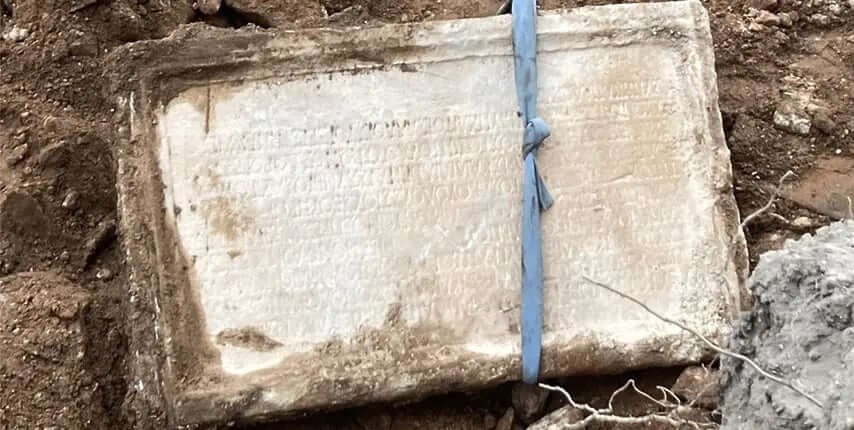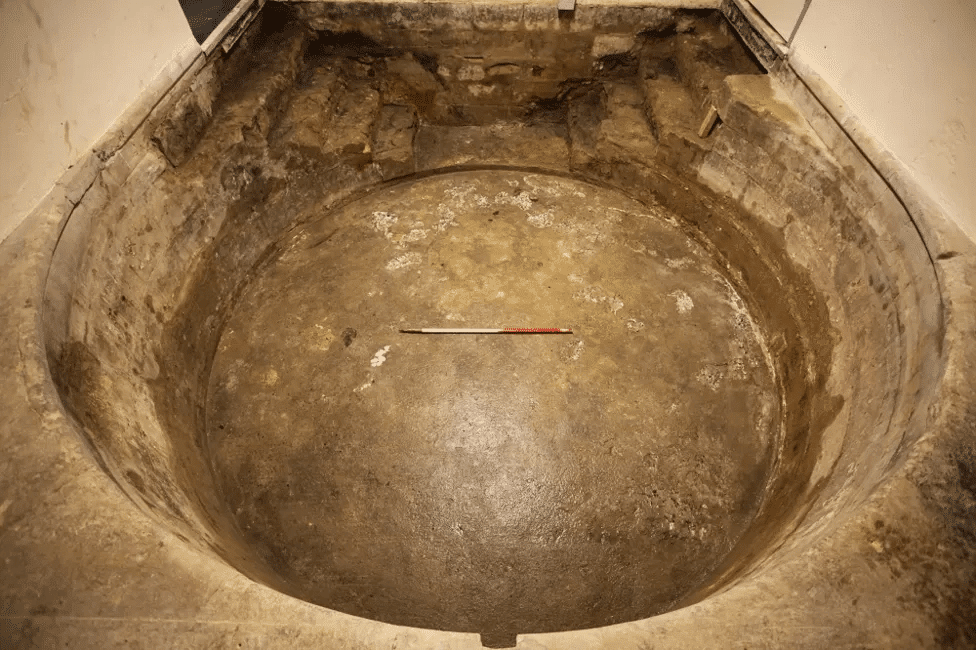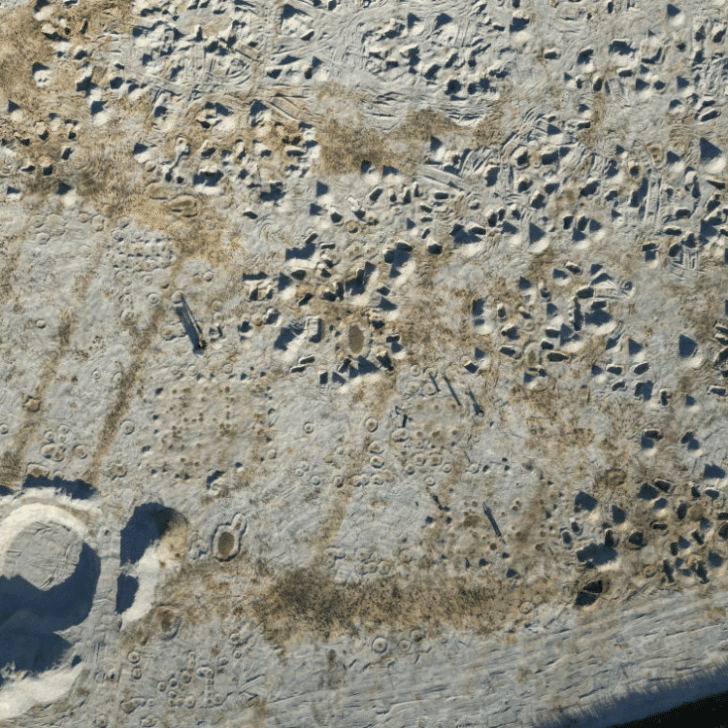Archaeologists have made a spectacular discovery in the heart of Bulgaria—a 1,900-year-old marble slab with a Greek inscription in the Roman Baths of Hisarya. This stunning find at the thermal baths offers a new perspective on ancient Thrace and its administration under the Roman Empire.

Hisarya’s Ancient Treasure
Nestled approximately 40 kilometers from Plovdiv, Hisarya is a gem with a historical tapestry that dates back to the 4th century BC. Renowned for its impeccably preserved Roman baths, Hisarya, formerly known as Dioclecianopolis, continues to be a beacon of wellness, thanks to its mineral-rich thermal waters.
The marble slab, a testament to the architectural and cultural dedication of ancient societies, pays homage to Emperor Antony Pius and Marcus Aurelius. Intriguingly, it pinpoints the year 152 AD as the construction date for the baths and names Volusius Severus as the financial overseer of the province of Thrace.
A Link to the Divine
This slab, measuring 1.3 x 70 cm, is believed to have been placed in a sacred space, a deep pool surrounded by marble, underscoring its connection to the imperial cult. Associate Professor Mitko Madjarov, the curator of Hisarya Archaeological Museum, explains that this inscription aligns with the baths’ recognition as an imperial property and their status as the spa capital of Thrace and the Balkans.
The discovery aligns with previous beliefs regarding the baths’ origins, offering a tangible link to Thrace’s storied past. Dr. Nikolay Sharankov from Sofia University is meticulously deciphering the inscription, a vital task that sheds light on the region’s history.
A Window into Ancient Wellness
With 22 mineral water springs, Hisarya has always been synonymous with healing and rejuvenation. This slab provides not just a historical timestamp but also corroborates the town’s longstanding tradition as a healing center.
Approximately 3.5 decares of the Roman Baths have been excavated, revealing layers of history that still hold many secrets. Assoc. Prof. Madjarov hints that this could be just the beginning, with potential future discoveries that may include statues and other artifacts.
Implications of the Discovery
This marble inscription is the third significant epigraphic monument found during rescue excavations in Hisarya. Sponsored by the Municipality of Hisarya and part of the “Regions in Growth” program, these excavations are unearthing the rich cultural layers of the town’s history.
Conclusion
The discovery of the 1,900-year-old Greek inscription at Hisarya’s Roman Baths adds a new chapter to the history of this ancient city. As it takes its rightful place in the Archaeological Museum, the inscription serves as a bridge connecting us to the ancient world, emphasizing the enduring legacy of the region’s cultural and historical heritage.
- Unearthing the Secrets of the Great Sphinx: Lost Relics Resurface - November 19, 2023
- 5 Most Incredible Archaeological Discoveries of Recent Times - November 17, 2023
- Uncovering 3 Mysterious Ancient Battle Artifacts - November 15, 2023



